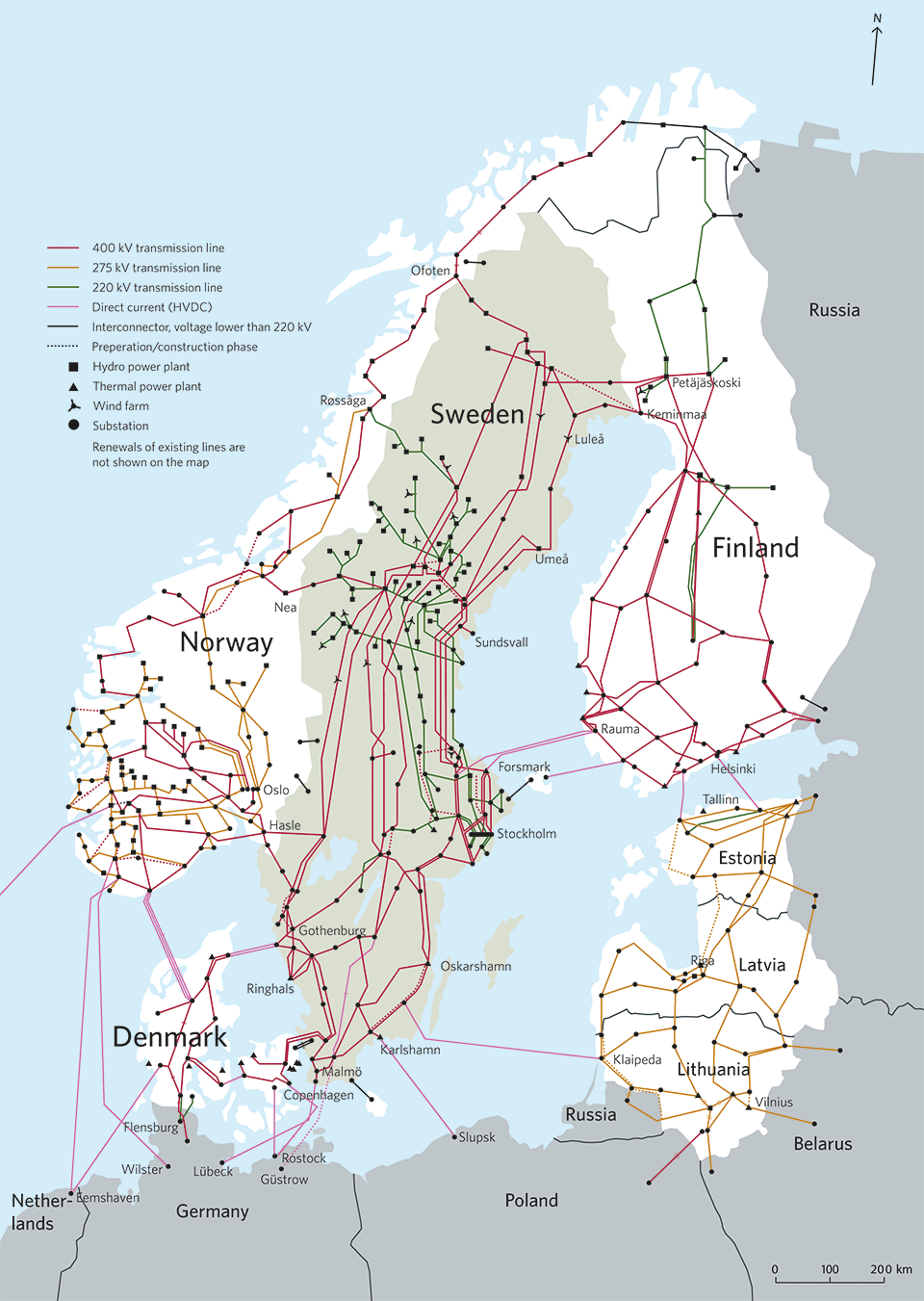
Introduction
The National Grid is an essential element of the United Kingdom’s energy infrastructure, responsible for the transmission of electricity from power stations to homes and businesses. As the country shifts towards more sustainable energy sources, understanding the National Grid’s role has become increasingly important, especially in the context of energy security and climate change. With recent developments in renewable energy technology and policies aimed at reducing carbon emissions, the efficiency and reliability of the National Grid are critical components of the UK’s energy future.
Recent Developments in the National Grid
In September 2023, the National Grid Electricity System Operator (ESO) announced a substantial increase in renewable energy generation, highlighting that over 50% of the UK’s electricity came from renewable sources in the first half of the year. This represents a significant leap towards the UK’s ambitious target of achieving net-zero emissions by 2050. Wind and solar power have emerged as the major contributors, with offshore wind farms leading the way. Furthermore, the ESO introduced new technology allowing for better management of supply and demand, ensuring grid stability during peak usage times.
Challenges Facing the National Grid
Despite these advancements, the National Grid faces numerous challenges. One of the primary concerns is the aging infrastructure that requires continuous investment and upgrades to support the growing demand. Additionally, extreme weather events linked to climate change pose risks to electricity distribution. In July 2023, severe storms caused widespread outages in several parts of the UK, underscoring the need for a resilient grid capable of withstanding such disruptions. Furthermore, as more households turn to electric vehicles (EVs) and heat pumps, the National Grid must adapt to manage increased electricity consumption effectively.
The Future of the National Grid
Looking forward, the National Grid is pivotal in the UK’s energy transition. The government has set forth plans to establish an interconnected grid with neighboring countries to facilitate energy trading and further integrate renewable resources. Innovations like smart grids, which leverage advanced software and technology to enhance efficiency, are also on the horizon. By 2025, it’s expected that the integration of battery storage systems will allow the grid to store excess power generated during peak solar or wind production times.
Conclusion
In summary, the National Grid is not just a network for electricity distribution; it is a vital component shaping the future of the UK’s energy landscape. As the country strives for a more sustainable and resilient energy system, ongoing investments, technological advancements, and policy support will be crucial. For consumers and businesses alike, staying informed about the changes in the National Grid will be important as it impacts energy prices, security, and availability in the years to come.
You may also like

The Importance of the National Grid in the UK

Understanding the Importance of Rayleigh Weir
